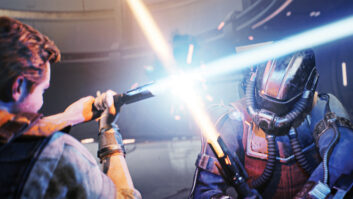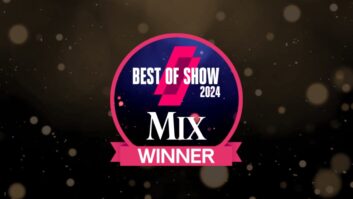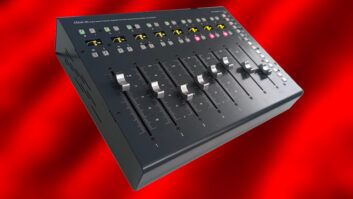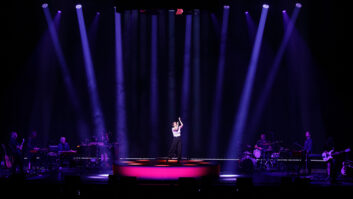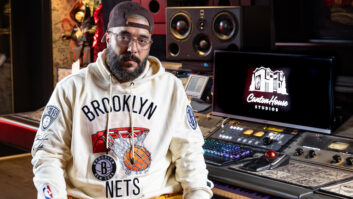Game audio? Why in the world is Mix covering game audio? To answer that, we pose our own question: Have you driven a game lately?
If you don’t think the video game industry is booming, just ask any 14-year-old — or any 8-year-old. The $12-billion-a-year game industry surpassed the revenues of Hollywood theatrical releases years ago, and it continues to zoom upward. Hardware prices (such as the new $99 Nintendo GameCube) keep spiraling downward, but the big money is in software, and besides improved images, today’s users want to feel the impact of high-quality surround sound.
Game production today is serious business, and a major part of that appeal is great audio. Galaxies removed from the blips and boings of Atari’s 1972 Pong or the primitive “soundtracks” of early 1980s classics such as Donkey Kong or Mario Bros., the cheesy 8-bit music and effects have been replaced by high-quality streaming audio (16-bit/44.1kHz) with real-time, hyper-realistic Foley thunks, screams, shots and explosions that are triggered from RAM, with near-zero latency.
Gamers themselves have been quick to notice the difference between good audio and bad. Debuting in 2000, the first PlayStation 2 units offered multiformat playback of CD-Audio, DVD-Video, CD-ROM-XA (the original PlayStation disk) and the then-new proprietary PS2 DVD game format. In contrast to the big sound of movies played on PlayStation 2 consoles, game audio seemed flat. And with an audio-savvy audience of users looking for bigger and better thrills, the race for hyperfidelity became a major movement.
Sound design for the little screen is no picnic. One constant obstacle is finding enough disk space, especially where having even 10 percent of the disk allotted to audio is a rare occurrence. Understanding the nuances of the release formats is a must. PlayStation 2 and GameCube consoles now come with the ability to play back Dolby Pro Logic II matrix-encoded material. Just a year old, Pro Logic II allows true 5.1 program material to be encoded onto 2-channel media that’s compatible with mono, stereo, LCRS or 5.1 playback. Microsoft’s Xbox format takes surround a step further by including a separate Dolby Digital AC-3 chip in the game console, thus keeping all surround processing off of the host processor for uncompromised playback.
Compared to other segments of the entertainment industry, video game production may still be fairly young, but this is an industry that’s just now reaching maturity. And the world is definitely taking notice. Bands are fighting to get singles tied to new game releases, and these days, a song on a hot new game can translate to a lot of revenue for an upcoming or established act. Two years ago, some industry insiders formed G.A.N.G. (Game Audio Network Guild), an organization of production professionals interested in advancing the state of interactive audio. For more information, visit G.A.N.G. at www.audiogang.org. And serious game producers will be checking out this month’s Game Developer’s Conference (March 22 to 26, 2004, in San Jose, Calif.) — the place to be for those in the know.

